Coffee cold knowledge | Why does coffee smell good and taste bitter?
Professional coffee knowledge exchange more coffee bean information please follow the coffee workshop (Wechat official account cafe_style)
Every time the coffee beans are ground into powder, they smell good. The hot water is full of aroma, and it is a pleasure to smell the aroma of the coffee at the same time. After rinsing, I couldn't wait to take a sip, and so on. Are you drinking fake coffee? Where is the fragrance of flowers and fruits emitted when it is just cooked?
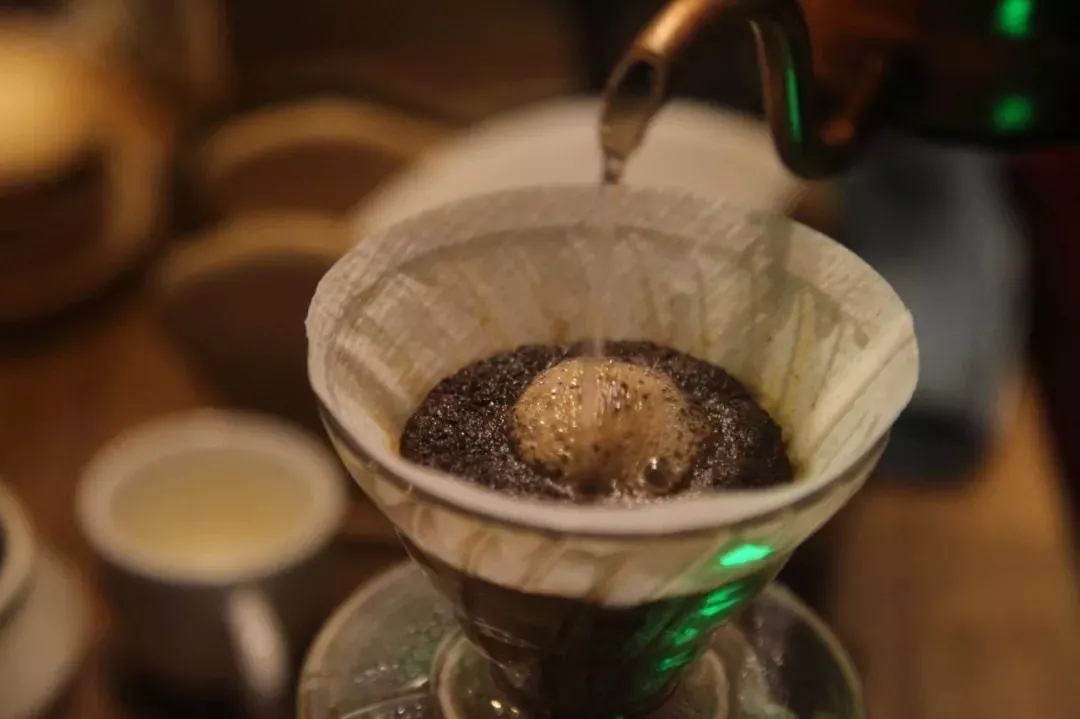
In fact, it has something to do with our sense of smell and taste. In a broad sense, taste includes the signals transmitted to the cerebral cortex by the five senses (vision, hearing, smell, taste and touch), which are processed by the central nervous system, so our five senses are the medium of taste signals; but in a narrow sense, we usually think of taste as "feedback from the nasal cavity and taste buds to the taste of food". The reason why we can feel so much flavor from coffee is because of the existence of aroma substances. These aroma substances have one thing in common-they are volatile.
The aroma we smell belongs to the aroma substances of coffee, most of which are volatile, so we can feel them with our sense of smell, while some of them are volatile and water-soluble, which can be felt by smell and taste; a small number of them are water-soluble and can only be felt by taste.
Some sweet and sour flavor molecules are volatile and water-soluble, so both smell and taste can be enjoyed, but the unpleasant bitter and salty taste is water-soluble and non-volatile, which can only be felt by taste.
Why is it so difficult for us to feel those non-volatile ingredients?
| | Bake |
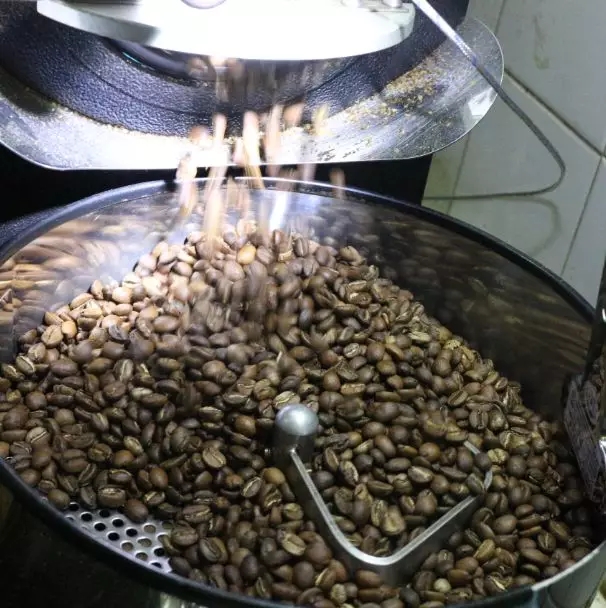
When raw beans are baked, if they are baked too fast, the Mena reaction is so low that many non-volatile ingredients cannot be broken down, no matter how sensitive the tongue. But this does not mean that the more Mena reaction, the better, because too many non-volatile ingredients can make the taste too exciting, and even make people feel smelly, so the coffee should be roasted at the right time.
| | freshness and storage of coffee beans |
Why do we put so much emphasis on fresh coffee beans? It takes about 15-20 days for the coffee beans to be roasted to the best part of the flavor, and the coffee will be exhaust, even if it is kept sealed all the time, but the flavor of the coffee will slowly dissipate. all the flavor is gone, leaving only the most basic woody flavor, naturally there is no sense of non-volatile substances!
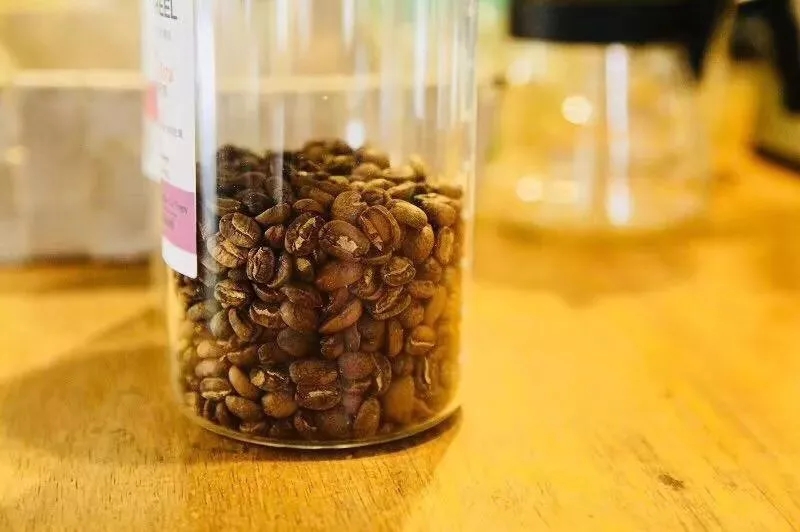
Even if there are good coffee beans, but not properly preserved, it will greatly reduce the flavor of this cup of coffee! Generally speaking, when we store coffee beans, we should pay attention to the partial pressure of oxygen gas, air moisture content and storage temperature. Any point will make the non-volatile components of coffee beans disappear gradually, and even make some oils oxidize and produce bad smell.
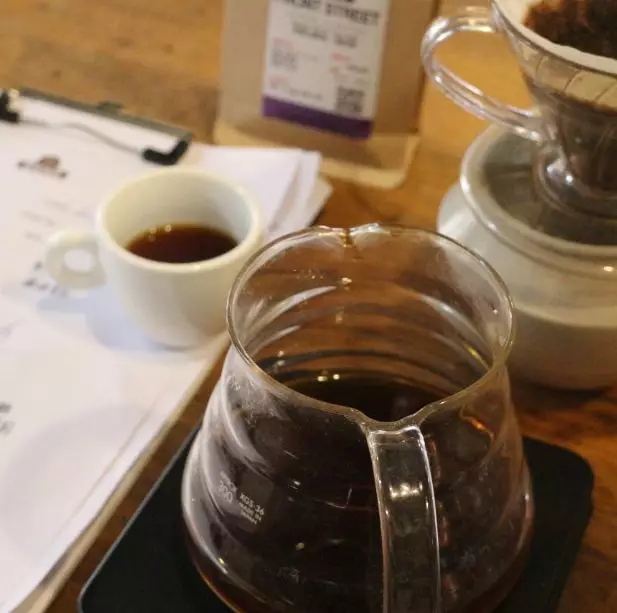
Coffee is blessed with a wide variety of complex chemicals, in addition to the above-mentioned compounds, there are other organic acids, inorganic acids, plant bases and so on.
When grinding or brewing, these volatile components or organic acids are gasified to give us a pleasant aroma of coffee.
How do you feel these volatile components?
Our sense of smell is actually divided into pre-nasal smell and post-nasal smell.
The breadth and accuracy of olfactory recognition is greater than that of taste and taste, because smell is the only sense with two-way function. The nose can smell the smell of the external world, that is, the "prenasal smell" (Orthonasal olfactory), but the mouth can also "smell" the smell of food eaten into the mouth, that is, the "post-nasal smell" (Retronasal olfactory).
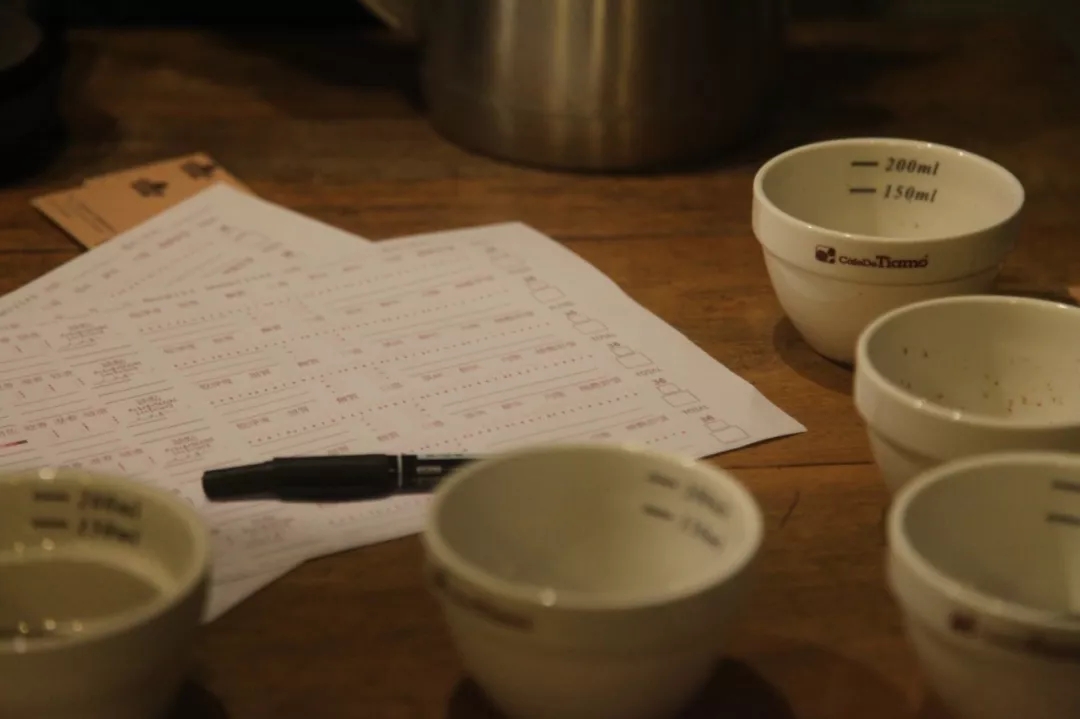
To put it simply, it is because we have two senses of smell: one is the "pre-nasal smell" when you inhale from the external environment, and the other is the "post-nasal smell" when the smell is exhaled through your nasal cavity.

Coffee has volatile aromas of caramel, cream, sour, flowers, fruit, herbs, nuts, grains, resin, wine, spices, coke, soil, firewood and medicine. The gasification components are all presented by the sense of smell in front of the nose and in the back of the nose.
However, the recognition of aroma and the excitement caused by the two are different. Before appreciating the aroma of coffee, it is necessary to understand the difference between the sense of smell in front of the nose and behind the nose in order to get twice the result with half the effort.
How to taste the flavor of coffee?
1. Volatile aroma
When the coffee is ground, the sour aroma of flowers and fruits with light molecular weight is highly volatile, which is released first and can be smelled from afar.
This is followed by medium molecular weight caramel, nuts, chocolate and almonds, but the dispersion distance is shorter than the former and needs to be a little closer.
Finally, the high molecular weight aroma of turpentine, mercaptan and coke, because the molecule is the heaviest and the fragrance is the shortest. Most of these smells are found in medium and deep roasting, and you need to put your face close to the top of the coffee powder.
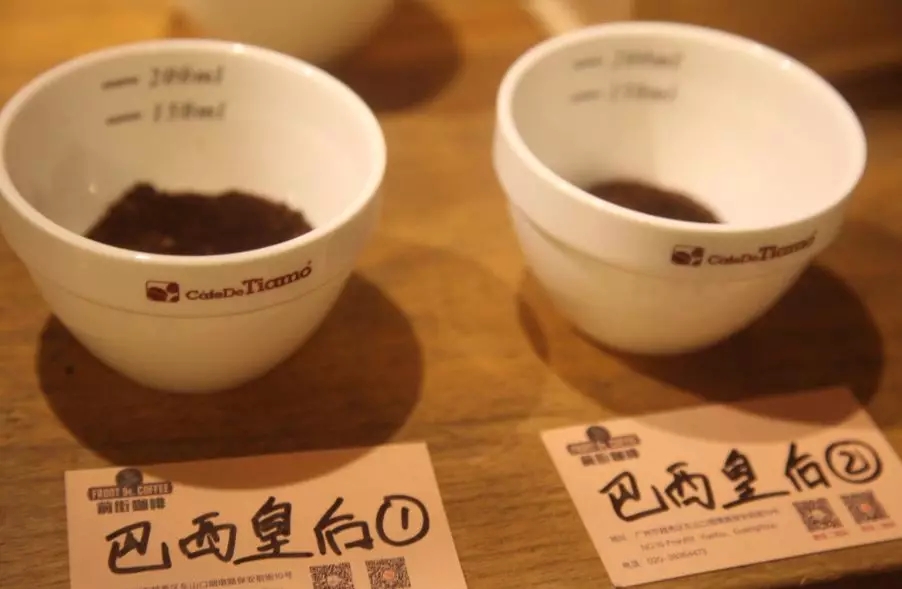
Therefore, when appreciating coffee, smell dry incense, need to change the distance between the nose and coffee powder, more able to smell low, medium and high molecular weight aroma.
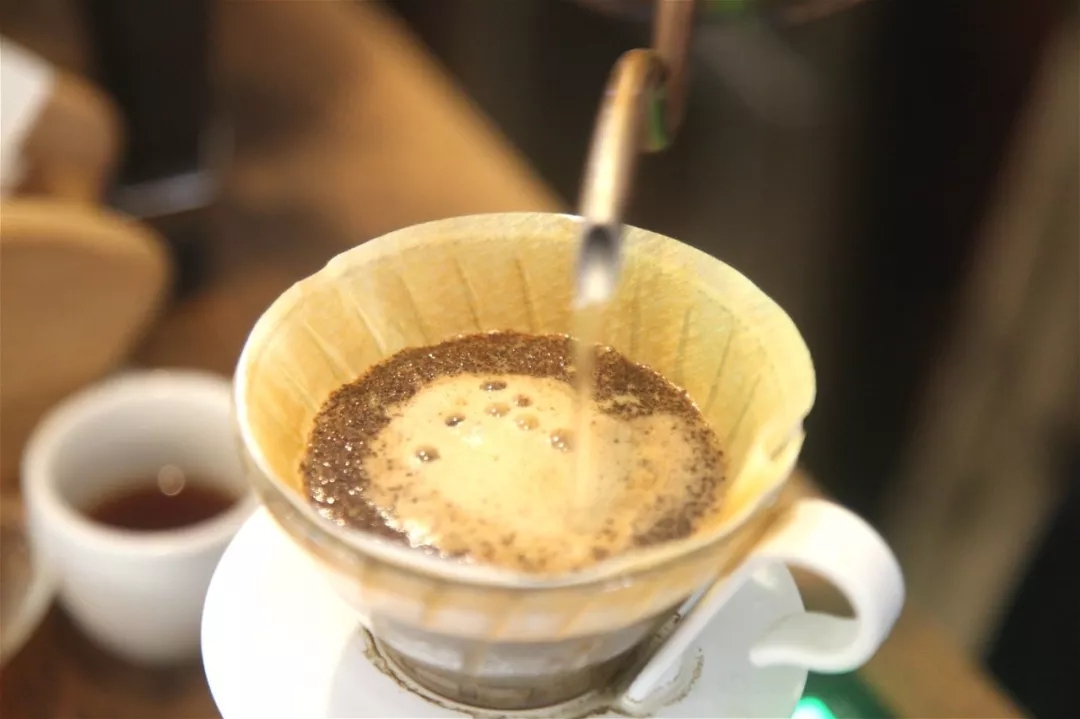
Some volatile aromas cannot be gasified at room temperature and need to be boiled in hot water to release the aroma, which is the wet aroma of coffee.
Second, water-soluble taste
When the aroma is gasified and volatilized during grinding and brewing, it is not integrated into the coffee liquid, so when the coffee is imported, the oral taste can only tell you that the coffee is sour and bitter, which is the role of water-soluble flavor molecules such as sweet, sour, bitter, salty and fresh coffee.
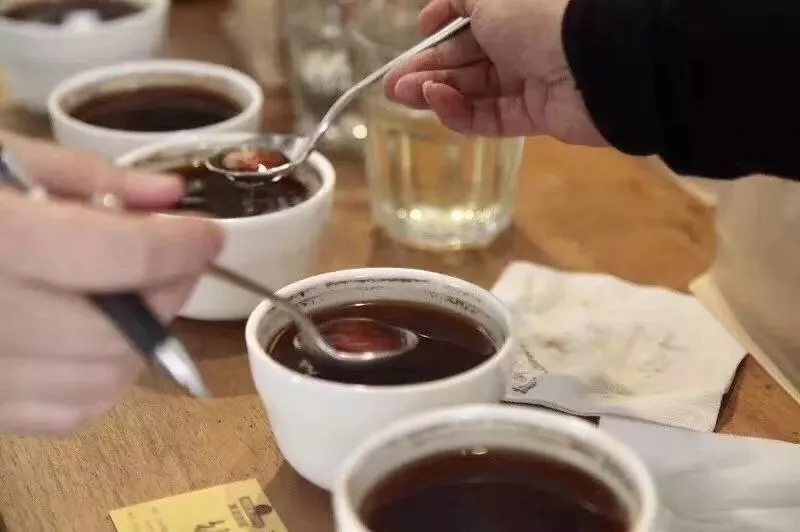
In principle, these five tastes can be felt in all areas of the tongue, but the tip of the tongue is sensitive to sweetness, both sides of the tongue are sensitive to acid and salt, the root of the tongue is sensitive to bitterness, and the delicious taste can be tasted by the whole tongue.
Taste and taste
The taste is the result of mutual containment and competition of the five tastes of sweet, sour, bitter and salty. Blindly too prominent, will inhibit or bless the performance of other tastes, and even affect the taste.
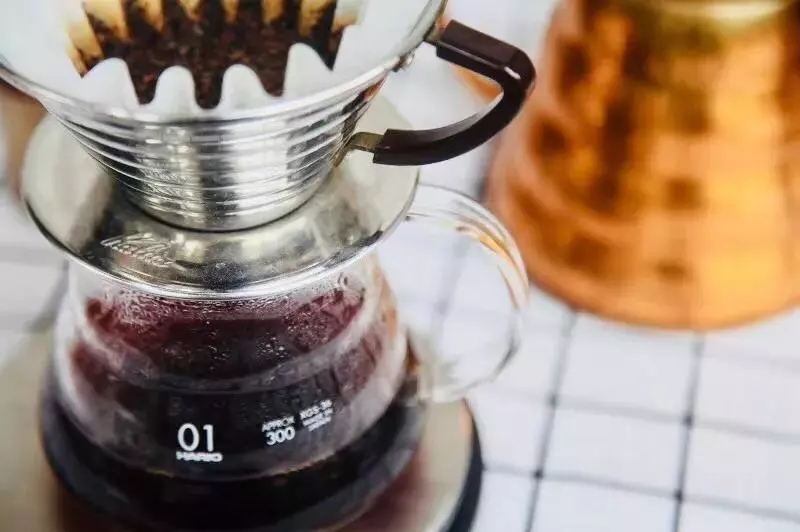
For example, if the salty taste is too high, if you encounter something sour, it will magnify the astringency; if you encounter a sweet taste, the salty taste will be suppressed and become mild and palatable, and the salty taste will sometimes counteract the bitter taste, and the sweet and sour taste will lead to a delicate fruit taste, which is the most popular taste.
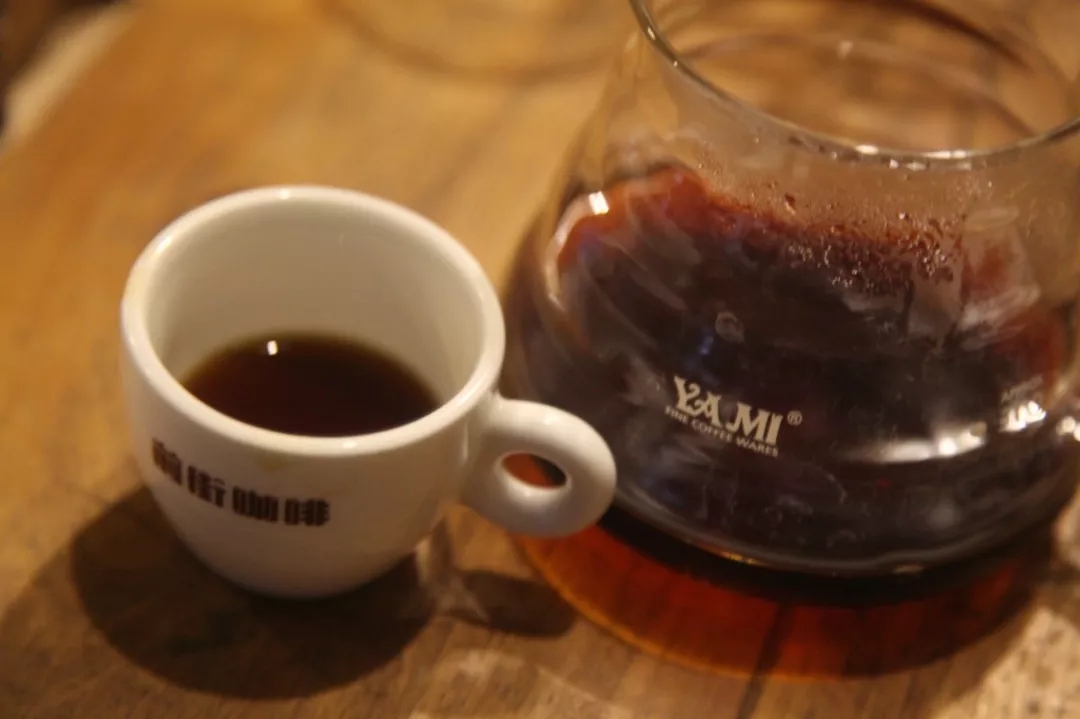
There are many flavors in coffee, and tasting coffee is not just good for drinking coffee. Drinking coffee is the result of vision, smell and taste. Sensory sensitivity is either congenital or the result of hard training, but everyone's perception of flavor is different, but in any case, it is just to better enjoy a cup of coffee!
Important Notice :
前街咖啡 FrontStreet Coffee has moved to new addredd:
FrontStreet Coffee Address: 315,Donghua East Road,GuangZhou
Tel:020 38364473
- Prev

Hand brewing skill | how to make deep-baked coffee? Degree of grinding of deep-roasted coffee
Professional coffee knowledge exchange more coffee bean information please follow the coffee workshop (Wechat official account cafe_style) before we talked about how to make lightly roasted and moderately roasted beans, the editor would like to talk to you today about how to make deeply roasted beans. When it comes to coffee, many people will think of the bitter taste and then feel very repulsive, even if they enter the pit.
- Next
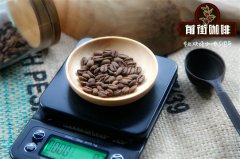
Introduction of Nicaraguan Yushi Coffee Bean Variety characteristics of New Coffee Bean in Nicaragua
Professional coffee knowledge exchange more coffee bean information please follow the coffee workshop (Wechat official account cafe_style) Nicaragua Yersi: the newly discovered Ethiopian variety "Yersi" in Nicaragua is the latest Ethiopian variety discovered in the world! But the discovery was entirely accidental. Expocamo, a Nicaraguan raw bean exporter, has opened in the past two years.
Related
- Beginners will see the "Coffee pull flower" guide!
- What is the difference between ice blog purified milk and ordinary milk coffee?
- Why is the Philippines the largest producer of crops in Liberia?
- For coffee extraction, should the fine powder be retained?
- How does extracted espresso fill pressed powder? How much strength does it take to press the powder?
- How to make jasmine cold extract coffee? Is the jasmine + latte good?
- Will this little toy really make the coffee taste better? How does Lily Drip affect coffee extraction?
- Will the action of slapping the filter cup also affect coffee extraction?
- What's the difference between powder-to-water ratio and powder-to-liquid ratio?
- What is the Ethiopian local species? What does it have to do with Heirloom native species?

